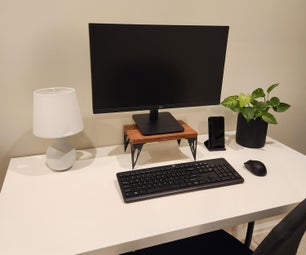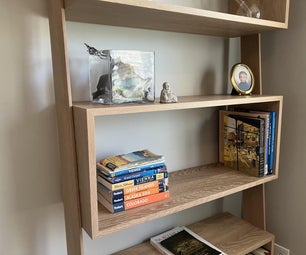Introduction: Salvage Reusable Parts From CFL and Reduce Carbon Footprint
I recently visited a dump yard and i was just wondering around and noticed that most of the waste was the electronic waste and when i inspected the world stats i noticed that the electronic components and items leave the 75% of the carbon footprint while still they can be easily reused . When i investigated i found out some broken and waste cfl and took them back home ....cut them out and salvaged some cool parts which can be easily used in my future projects .
Step 1: Cutting
Take your cfl and hold it with the help of a vice and then cut it through the groove on the plastic body with the help of a hacksaw
Step 2: Looking at the PCB
On the pcb you will find a lot of diodes, transformer, choke, capacitors most imp (smd resistors) etc which can still be used and are in very good condition
Step 3: Desoldering !!
Its the fun part, start desoldering the board with lots of flux and desoldering pump and then take out all the parts
Step 4: Cleaning!!
As you can see in the picture each and every component has flux all over it . And we cannot even read the smd resistor no. before cleaning .So its time for cleaning . For cleaning i used acetone and a cotton cloth.
Step 5: Save Energy and Reduce Carbon Footprint
By this method we can reduce the wastage of electronic components which can be reused . Ultimately this method of salvaging components from electronic appliances can reduce carbon footprint upto 45% . Energy is precious to us and it needs to be conserved so our notion should be SAVE ENERGY SAVE LIFE
Reuse Reduce Recycle
And please do vote for me!!

Participated in the
Make it Glow!

Participated in the
MAKE ENERGY: A US-Mexico Innovation Challenge













